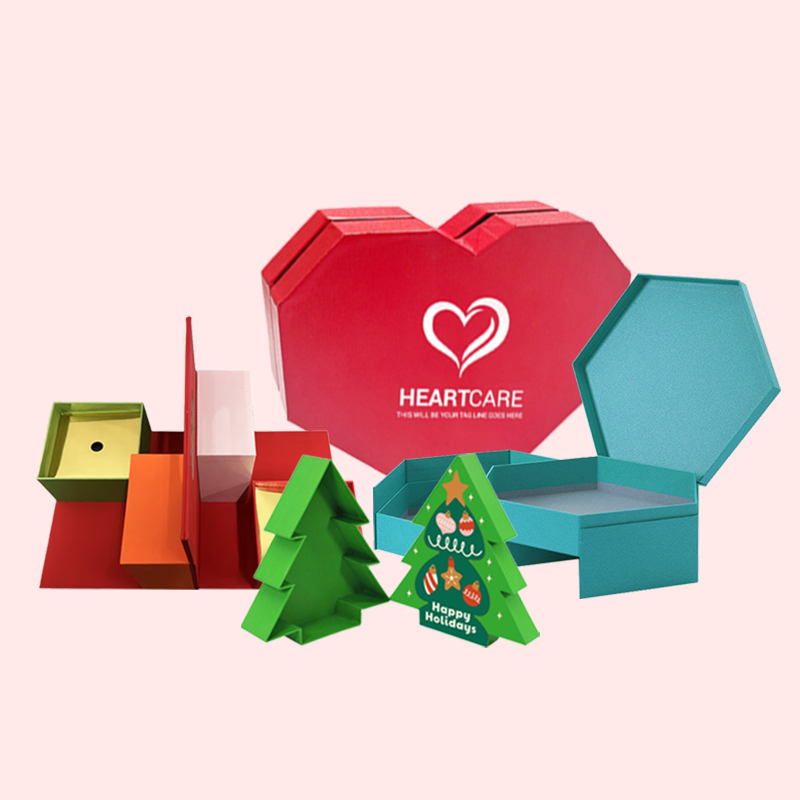Choosing the wrong packaging partner can lead to project disasters. These mistakes waste time, destroy budgets, and damage your brand. Asking the right questions upfront prevents these problems entirely.
To choose a custom packaging supplier, ask about their experience, capabilities, quality control processes, communication methods, and pricing structure. Verify their expertise in your industry, review their portfolio of past work, and understand their entire production process to ensure they are the right fit.
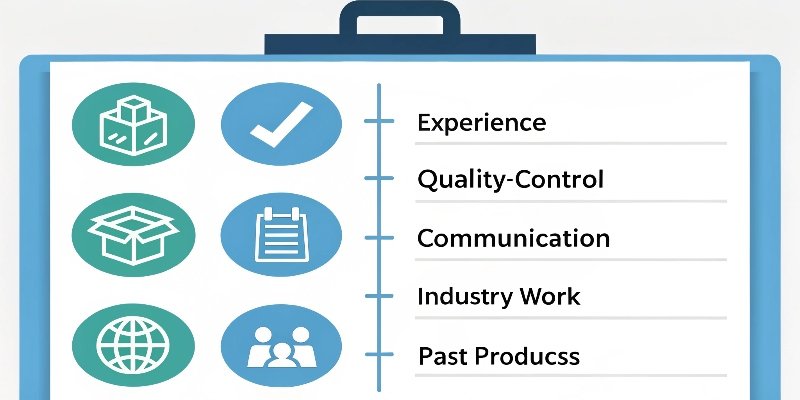
After 16 years in this business, I've seen firsthand how the right supplier relationship can make or break a product launch. A great partner does more than just make boxes; they become an extension of your team, offering insights and solutions you hadn't even considered. The initial questions you ask lay the foundation for this kind of successful partnership. Let's dig into the details you need to know to find a supplier who can truly help you succeed. It all starts with understanding the core principles of good packaging.
What is a best practice to follow when packaging items?
Your product is perfect, but poor packaging can lead to shipping damage. This means unhappy customers, costly returns, and a negative impression of your brand. Following one key practice changes everything.
The best practice is to design packaging with the entire product journey1 in mind. This means you must consider protection, the customer's unboxing experience2, and sustainability3 from the very beginning. Always test your packaging under real-world conditions before finalizing it.
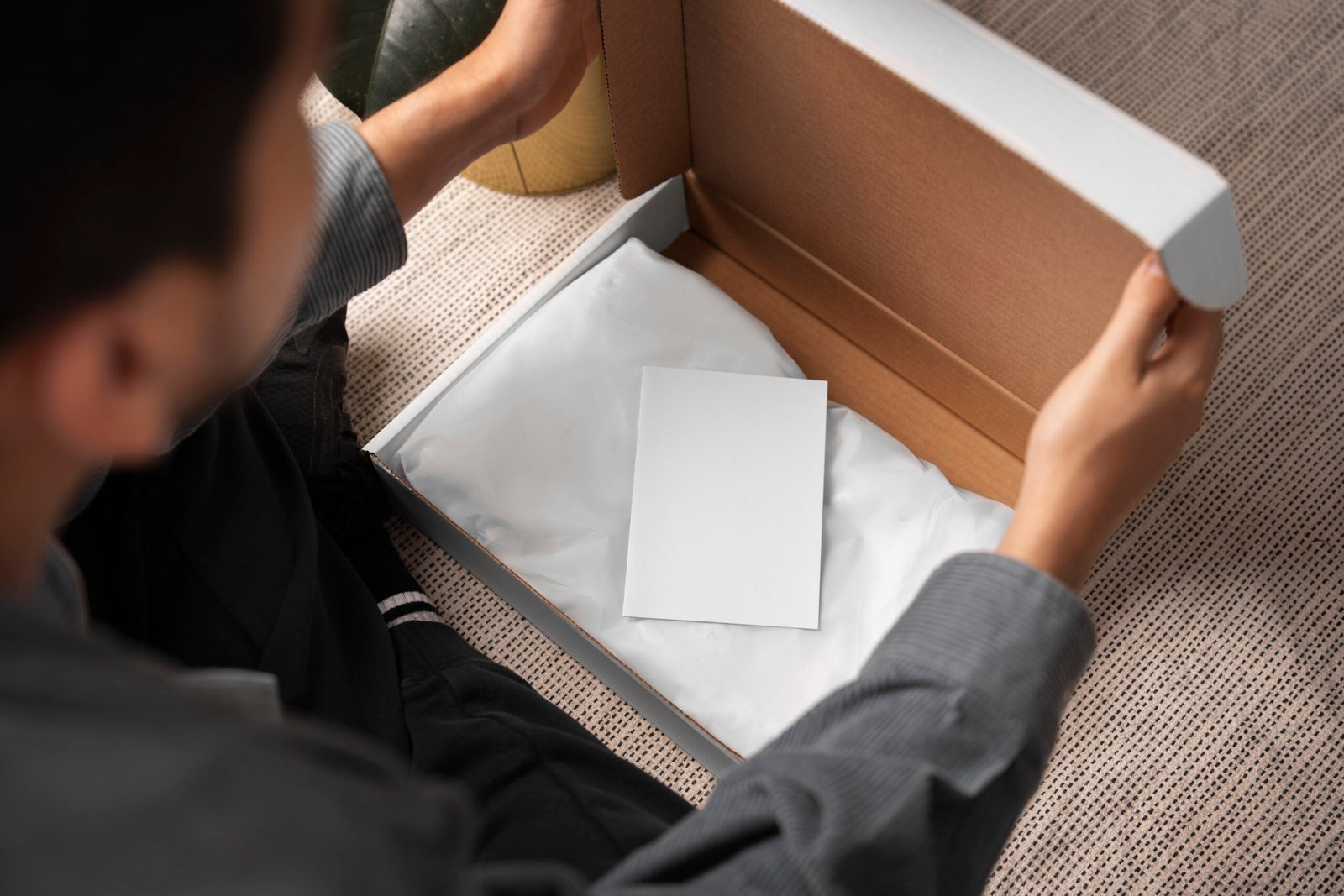
This holistic approach ensures you cover all the important bases. Thinking about the entire journey prevents you from fixing problems later. It’s about being proactive, not reactive. In my experience, designers who focus on the complete lifecycle of the package deliver the best results. They create solutions that work on every level, from the warehouse shelf to the customer's home. Let's break down what this means in practice.
Protecting the Product
The first job of any package is to protect what's inside. This is non-negotiable. You need to think about the right materials and structural design to prevent damage during transit. This includes custom foam or paper inserts, strong corrugated walls, and proper void fill to stop items from moving around. I once worked with a client who sold beautiful, fragile ceramics. Their initial packaging was failing, leading to a 20% breakage rate. We redesigned the box with a custom-molded pulp insert. It secured the product perfectly, and their breakage rate dropped to almost zero overnight.
Enhancing the User Experience
Protection is essential, but the unboxing experience2 is where you can truly connect with your customer. This is their first physical interaction with your brand. Think about how it feels to open the box. Is it a frustrating struggle, or a delightful reveal? Use easy-to-open tabs, organize the contents logically, and maybe include a small, branded thank-you note. A positive unboxing moment can turn a one-time buyer into a loyal fan. It shows you care about the details beyond just the product itself.
Thinking About the End-of-Life
Finally, what happens to the packaging after it's opened? Today's customers care deeply about sustainability3. A best practice is to design for the end-of-life. Can the box be easily recycled? Is it made from recycled materials? Could it be reused by the customer for storage? Clearly labeling your packaging with recycling information is a simple but powerful step. It respects the customer and the environment, which is a core value for many modern brands.
What are packaging suppliers4?
You have a great packaging design5, but you have no idea who can actually make it. This confusion can stop your project dead in its tracks, delaying your product launch indefinitely.
Packaging suppliers are the manufacturing partners who turn your designs into reality. They are companies like mine that source materials and use specialized equipment to print, cut, fold, and glue your custom boxes, bags, and containers, making them essential for bringing a product to market.

Finding the right supplier is about more than just finding someone who can produce your box. It is about forging a partnership with a company that understands your vision and has the capability to execute it perfectly. Different suppliers have different strengths, so it is important to understand what kind they are and what they actually do behind the scenes. This knowledge will help you choose the right partner for your specific needs.
Types of Suppliers
Not all suppliers are the same. You will generally encounter three main types, and knowing the difference is key to getting what you need.
| Supplier Type | Key Role | Best For... |
|---|---|---|
| Manufacturer | Direct production and quality control from raw materials. | Custom designs, high-volume orders, and brand consistency. |
| Distributor | Stocks and sells pre-made, standard-sized packaging. | Small quantities, quick turnarounds, and generic solutions. |
| Broker | Acts as a middleman, connecting clients to manufacturers. | Finding specialized capabilities or navigating complex supply chains. |
I built Giftspack as a manufacturer because I believe direct control over the process leads to the best quality and service. We manage everything from start to finish.
What They Actually Do
A good supplier's role goes far beyond simple production. I always tell my clients, "We are an extension of your team." We provide critical services like material sourcing6, suggesting paper types or thicknesses that fit your budget and sustainability3 goals. We create prototypes7 so you can see and feel your design before committing to a full run. We implement strict quality assurance checks throughout the process to catch any issues early. Finally, we can help manage logistics to ensure your finished packaging arrives when and where you need it. A true partner helps you solve problems and find opportunities at every step.
What are the 4 C's of packaging?
Your packaging looks nice, but it isn't driving sales or getting noticed. You have invested in something that isn't providing a return. Using a simple framework can fix this.
The 4 C's of packaging are Containment8, Communication9, Convenience10, and Compliance11. This framework ensures your package holds the product, speaks to your customer, is easy to use, and meets all legal requirements. It is a vital checklist for effective packaging design5.
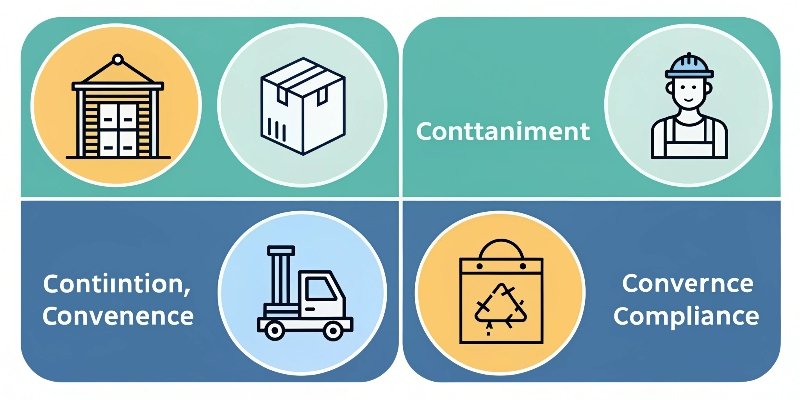
I have seen many great product ideas fail because their packaging missed one of these key areas. As a designer, using the 4 C's as a guide keeps your projects on track and focused on what really matters. It turns your packaging from just a container into a powerful business tool. This simple checklist helps you balance all the demands placed on a package and ensures you don't overlook a critical function that could make or break your product's success in the market.
Containment8
This is the most basic function of packaging. It must contain the product securely from the factory to the customer's hands. This means the structural design must be strong enough to handle its contents and the stresses of shipping. The materials used have to be appropriate for the product's weight and fragility12. If the package falls apart or fails to protect the product, everything else is meaningless. Containment8 is the foundation upon which all other packaging functions are built. It is the first and most important promise to your customer: what’s inside will arrive safely.
Communication9
Your packaging is a silent salesperson. It communicates everything about your product and brand at a single glance. Through colors, fonts, logos, and imagery, it tells your brand story and appeals to your target customer13. It also provides essential information like the product name, instructions for use, and key benefits. On a crowded shelf or in a busy online marketplace, clear and compelling communication is what makes a customer choose your product over a competitor's. It's your first, and sometimes only, chance to make an impression.
Convenience10
How easy is your packaging for the customer to handle? Convenience10 covers everything from carrying the product out of the store to opening it, using the product, and potentially resealing the package. A package that is hard to open creates frustration. A box that is difficult to store is an annoyance. Convenience10 is all about thinking from the user's perspective. Great packaging design5 makes the customer's life easier, which adds to their overall satisfaction with the product.
Compliance11
Finally, your packaging must comply with all relevant laws and regulations. This is a critical and non-negotiable aspect. It includes things like accurate nutritional labels for food, safety warnings for hazardous materials, country-of-origin information, and legally required symbols for recycling. Failing to meet these standards can result in fines, product recalls, and serious damage to your brand's reputation. Compliance11 isn't exciting, but it is absolutely essential for doing business responsibly and legally.
What are the things to consider when deciding on the packaging of a product?
You are ready to design your packaging, but the number of choices is overwhelming. Making a wrong decision now can lead to expensive redesigns and production headaches later. Focusing on key factors simplifies this.
When deciding on packaging, you must consider the product itself, your target customer13, your budget, your brand identity14, and how it will be transported. Balancing these five factors is crucial for creating packaging that is protective, appealing, affordable, and effective.
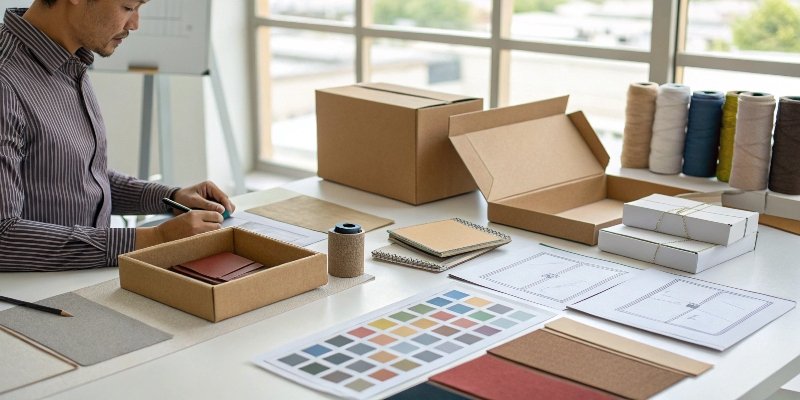
In every project I have worked on, success comes from balancing these core elements. You can't just focus on one without considering the others. A beautiful design is useless if it's too expensive to produce or fails to protect the product. A cheap box can damage your brand's premium image. The best packaging solutions exist at the intersection of these considerations, creating a design that works from every angle. It is a strategic process that requires careful thought.
Balancing the Key Factors
Creating the perfect package is a balancing act. You have to weigh different needs against each other to find the optimal solution. A choice that improves one area, like aesthetics, might negatively impact another, like cost. The goal is to make informed trade-offs. The table below outlines the key questions you should be asking for each major consideration. This helps ensure you don't overlook a critical detail during the design and decision-making process.
| Consideration | Key Questions to Ask |
|---|---|
| The Product | How fragile is it? What are its dimensions and weight? Does it need protection from moisture, air, or light? |
| Target Customer | Who is buying this product? What kind of design will they find appealing? Are they concerned with sustainability3? |
| The Budget | What is your total cost-per-unit15 for packaging? Does this budget include design, prototyping, and shipping costs? |
| Brand Identity | How does the packaging reflect your brand's personality? Does it use your brand colors, logos, and fonts correctly and consistently? |
| Supply Chain | How will it be transported and stored? Will it be displayed on a retail shelf16, stacked in a warehouse, or shipped directly? |
Thinking through these questions helps you build a clear brief for your packaging supplier. For example, the packaging for a delicate glass bottle sold in a luxury boutique will be completely different from the packaging for a durable tool sold online. The boutique needs premium materials and a beautiful unboxing experience2. The online tool needs maximum durability for shipping and less focus on shelf appeal. By addressing these factors upfront, you create a clear path to successful packaging.
Conclusion
Choosing the right supplier begins with asking the right questions. This crucial first step builds a strong partnership and ensures your packaging project succeeds from start to finish.
-
Considering the product journey helps in designing packaging that protects and enhances the customer experience. ↩
-
Improving the unboxing experience can significantly boost customer satisfaction and brand loyalty. ↩ ↩ ↩
-
Sustainable packaging practices are crucial for modern brands and can enhance your brand's reputation. ↩ ↩ ↩ ↩
-
Understanding the types of suppliers can help you choose the right partner for your packaging needs. ↩
-
Learning best practices in packaging design can enhance product appeal and market success. ↩ ↩ ↩
-
Knowing about material sourcing can help you ensure quality and sustainability in your packaging. ↩
-
Prototypes allow you to visualize and test your packaging before full production, saving time and costs. ↩
-
Containment is essential for protecting products during shipping and handling. ↩ ↩ ↩
-
Effective communication through packaging can attract customers and convey your brand message. ↩ ↩
-
Convenience in packaging enhances user experience and can lead to repeat purchases. ↩ ↩ ↩ ↩
-
Understanding compliance is crucial to avoid legal issues and ensure product safety. ↩ ↩ ↩
-
Designing for fragility ensures that delicate items are protected during transit. ↩
-
Identifying your target customer is key to creating appealing and effective packaging. ↩ ↩
-
Packaging that aligns with your brand identity strengthens recognition and customer loyalty. ↩
-
Understanding cost factors helps in budgeting and finding cost-effective packaging solutions. ↩
-
Packaging designed for retail shelves needs to attract attention and stand out among competitors. ↩


